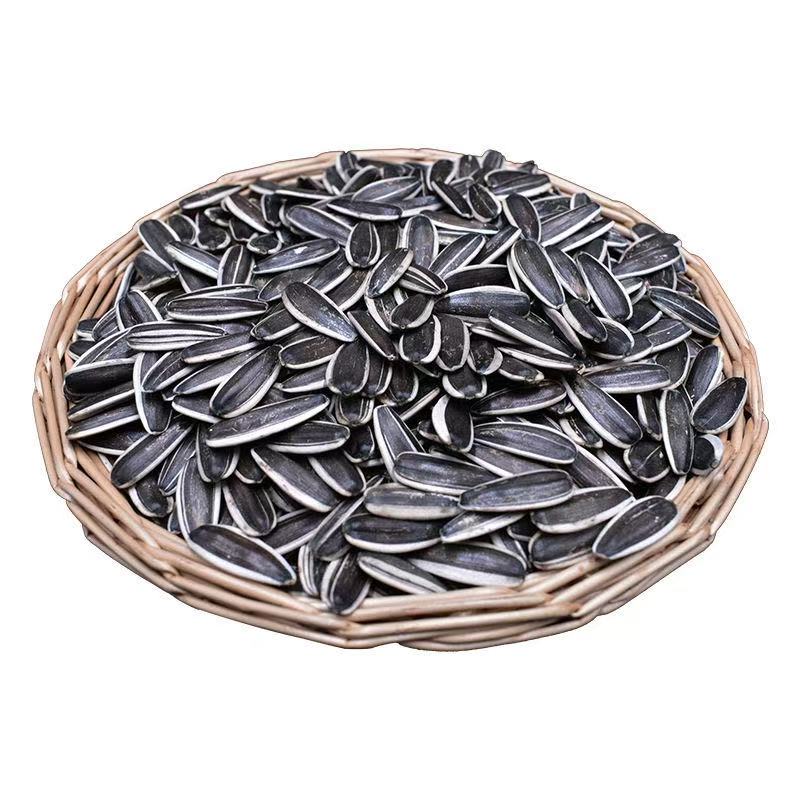Sunflower Seed Market Update

- Overview of Sunflower Seed Cultivation in China
In China, sunflower seed cultivation is primarily concentrated in the western regions, with Inner Mongolia being the largest production area. The second-largest region is Xinjiang, followed by Gansu. In recent years, the Youyu region of Shanxi Province has also seen a steady increase in planting area.
The main sunflower seed varieties include 361, 363, Tongqing No. 6, Tongqing No. 5, Jinhe No. 8, Shuangxing No. 6, Sanrui No. 9, Sanrui No. 10, Sanrui No. 11, and others.
- Planting Trends in Recent Years
• 2022: 6 million mu
• 2023: 9 million mu
• 2024: 11 million mu
However, during the 2024 autumn harvest season, persistent rainfall in Inner Mongolia delayed harvesting, causing widespread mold issues and significant losses for farmers.
In 2025, the total planting area is estimated at 8.8 million mu, with an expected total output of 1.85 million tons. Annual domestic consumption is around 1.2 million tons, with exports ranging between 450,000 to 500,000 tons. Currently, about 40% of the stock remains in storage in Inner Mongolia.
- Regional Distribution of Planting Areas
• Inner Mongolia: 6.2 million mu
• Bayannur alone accounts for 4 million mu
• Xinjiang: Approximately 1.5 million mu
• Northern Xinjiang focuses on Altay, Tacheng, and Bole
• Southern Xinjiang has begun experimental planting, especially post-wheat in Aksu and Hotan, covering about 300,000 mu
• Gansu: 400,000 mu, primarily in Jiuquan and Minqin
• Shanxi Province: Approximately 400,000 mu, mainly in Zuoyun and Youyu
• Northeast China: About 100,000 mu - Annual Consumption and Export Outlook
In 2025, roasted seed processors are expected to require 1.3 million tons of raw materials, while exports are projected at 480,000 tons. Overall, the supply and demand of raw sunflower seeds are expected to remain well-balanced.
Exports have been steadily increasing year by year.
The western regions account for up to 89% of national production, with Inner Mongolia having the largest sown area. However, sunflower seed purchase prices remain highly volatile, influenced by weather conditions, mold, and other unpredictable factors.
